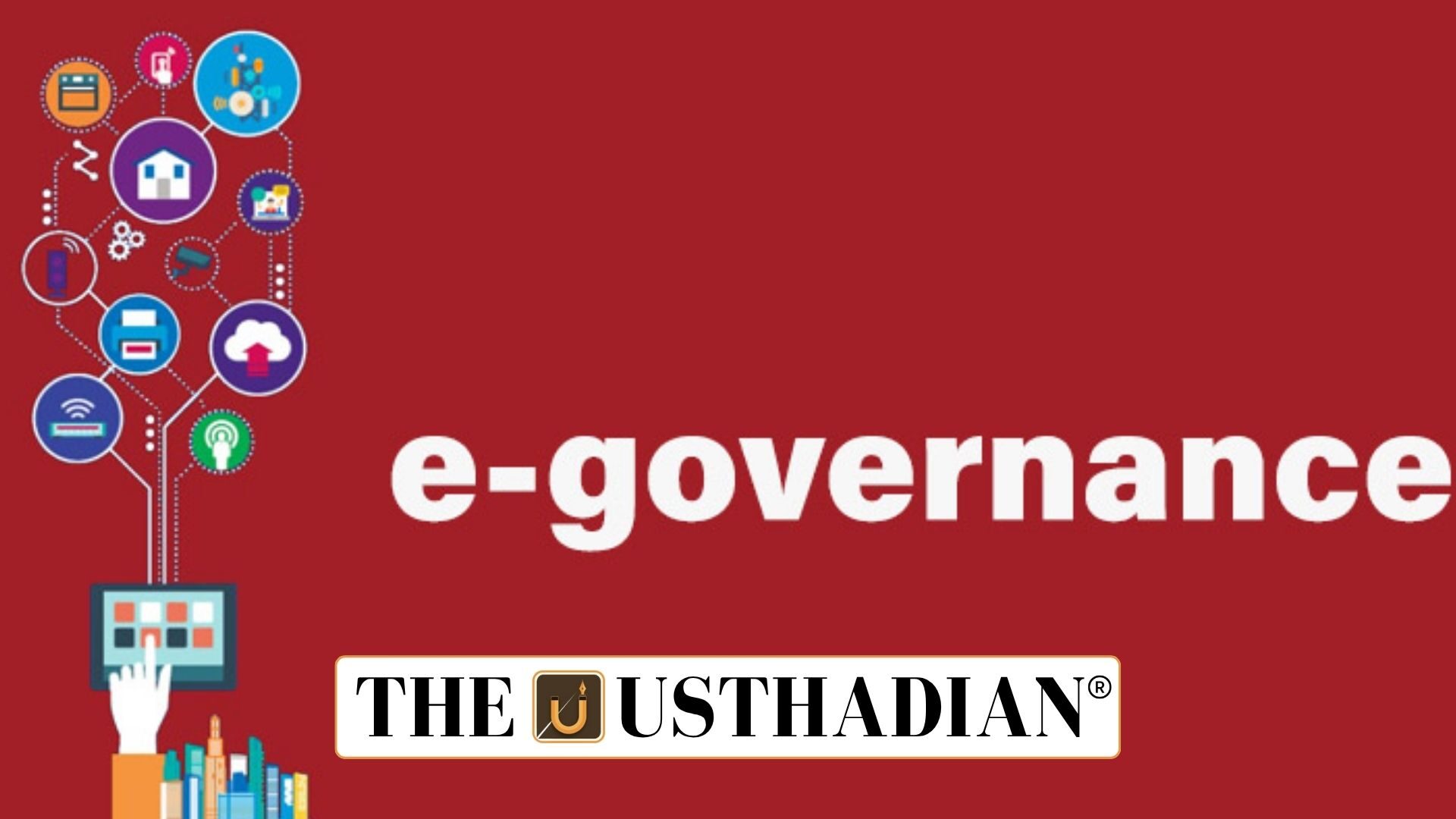Meaning of E Governance
E Governance Transforming Governance in India: E governance refers to the use of Information and Communication Technologies (ICTs) in delivering government services, improving administrative efficiency, and ensuring citizen participation. It shifts governance from paper-based and manual systems to digital and accessible platforms.
Static GK fact: The term E-Governance was first widely used in the 1990s when internet penetration began influencing public administration globally.
Evolution of E Governance in India
The foundation of digital governance in India was laid with the creation of the National Informatics Centre (NIC) in 1976. Between 1980 and 2000, technology mainly supported backend administrative functions. With the launch of the National e-Governance Plan (NeGP) in 2006, a structured framework was created to expand ICT in governance.
Currently, India ranks 97th in the UN E-Government Development Index 2024, reflecting significant progress but also highlighting areas of improvement.
Improving Citizen Services
Digital platforms like e-Seva, DigiLocker, and Common Service Centres (CSCs) allow citizens to access services anytime, anywhere. These systems reduce bureaucratic hurdles and save both time and cost for the public.
Static GK fact: DigiLocker was launched in 2015 as part of the Digital India programme to provide citizens a secure cloud platform for documents.
Promoting Transparency and Accountability
E-Governance has reduced corruption by limiting middlemen in service delivery. Platforms like Bhoomi (digitized land records) and Direct Benefit Transfers (DBT) ensure that subsidies and welfare funds directly reach beneficiaries. This curbs leakages and builds trust in governance.
Strengthening Financial Inclusion
The JAM Trinity (Jan Dhan, Aadhaar, Mobile) and Unified Payments Interface (UPI) have transformed financial inclusion. These initiatives enable seamless transfers, digital payments, and direct access to welfare funds.
Static GK Tip: UPI was launched by the National Payments Corporation of India (NPCI) in 2016, and by 2024, India accounted for 46% of global real-time digital transactions.
Empowering Rural Areas
Initiatives like Gyandoot in Madhya Pradesh and Pradhan Mantri Gramin Digital Saksharta Abhiyan (PMGDISHA) are bridging the digital divide in villages. Rural citizens are gaining access to education, health, and administrative services through ICT-based models.
Innovation and Interoperability
Platforms such as India Stack and the Government e-Marketplace (GeM) promote digital innovation and interoperability. They allow private players, startups, and government agencies to collaborate in creating efficient, citizen-friendly solutions.
Conclusion
E governance in India has moved from being a supporting tool to becoming a transformative instrument of governance. While challenges of digital literacy, rural access, and cybersecurity remain, India’s progress reflects a strong move towards transparent, inclusive, and accountable governance.
Static Usthadian Current Affairs Table
E Governance Transforming Governance in India:
| Topic | Detail |
| National Informatics Centre | Established in 1976 to drive digital governance |
| UN E-Government Development Index 2024 | India ranked 97th globally |
| DigiLocker launch year | 2015 under Digital India |
| Bhoomi Project | Karnataka initiative for digital land records |
| Direct Benefit Transfer | Ensures subsidies reach beneficiaries directly |
| JAM Trinity | Jan Dhan, Aadhaar, Mobile framework for financial inclusion |
| UPI launch | 2016 by NPCI |
| India Stack | Digital infrastructure enabling interoperability |
| GeM platform | Online marketplace for government procurement |
| PMGDISHA | Digital literacy programme for rural citizens |








